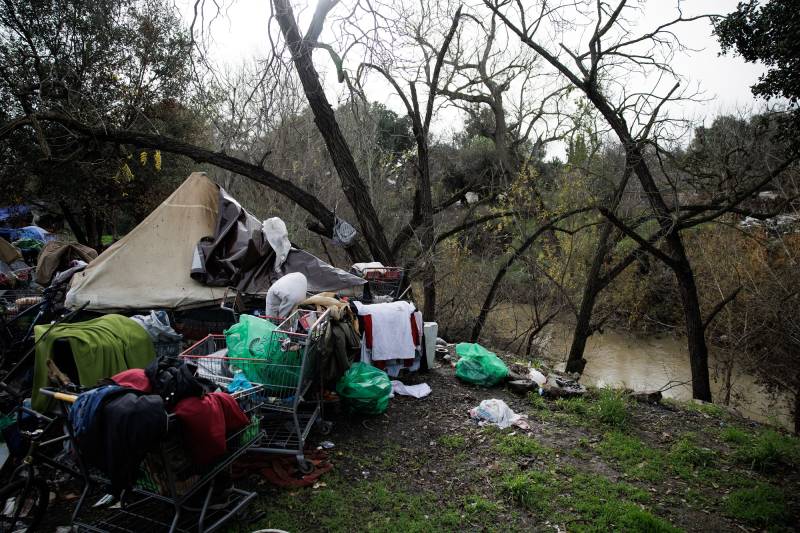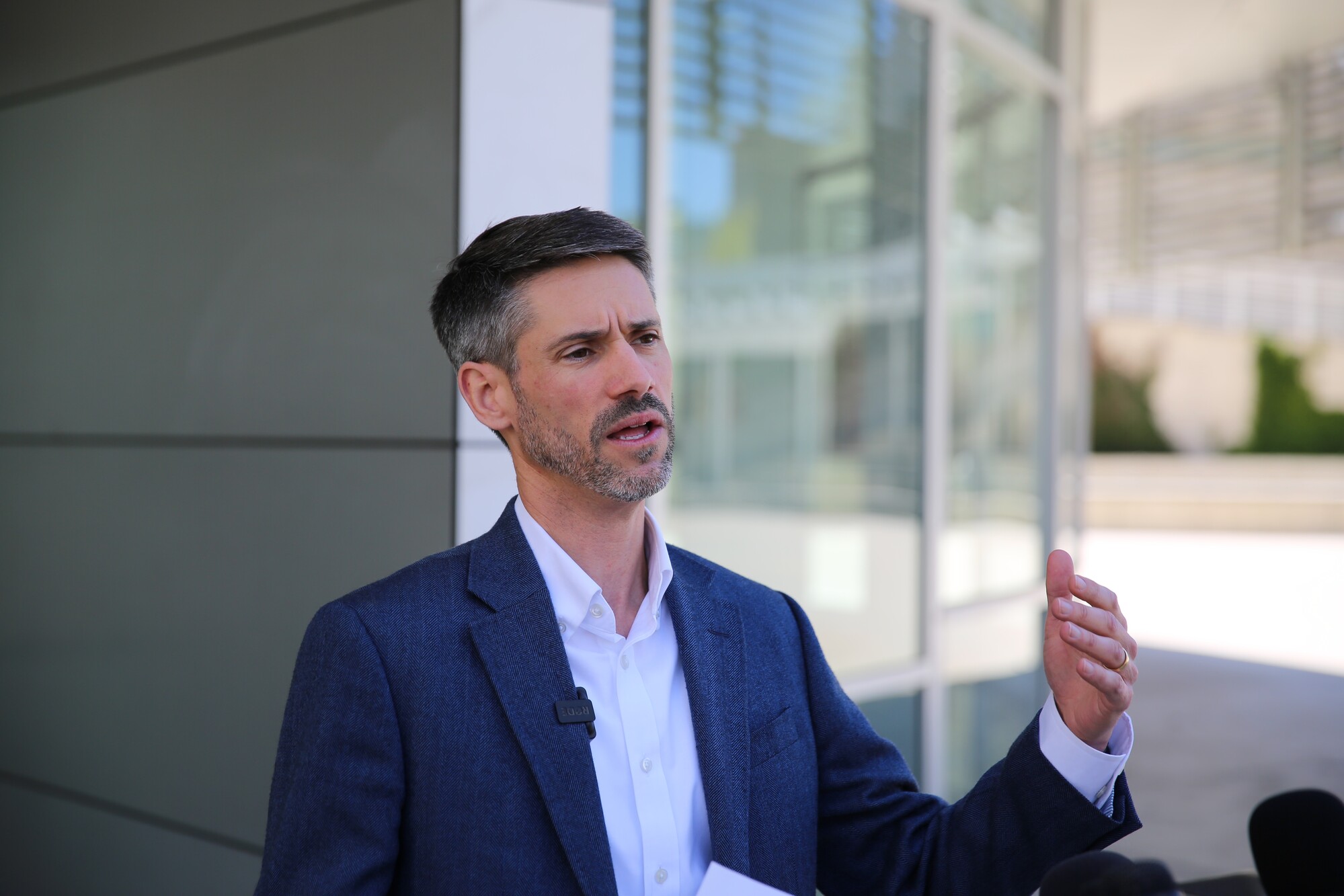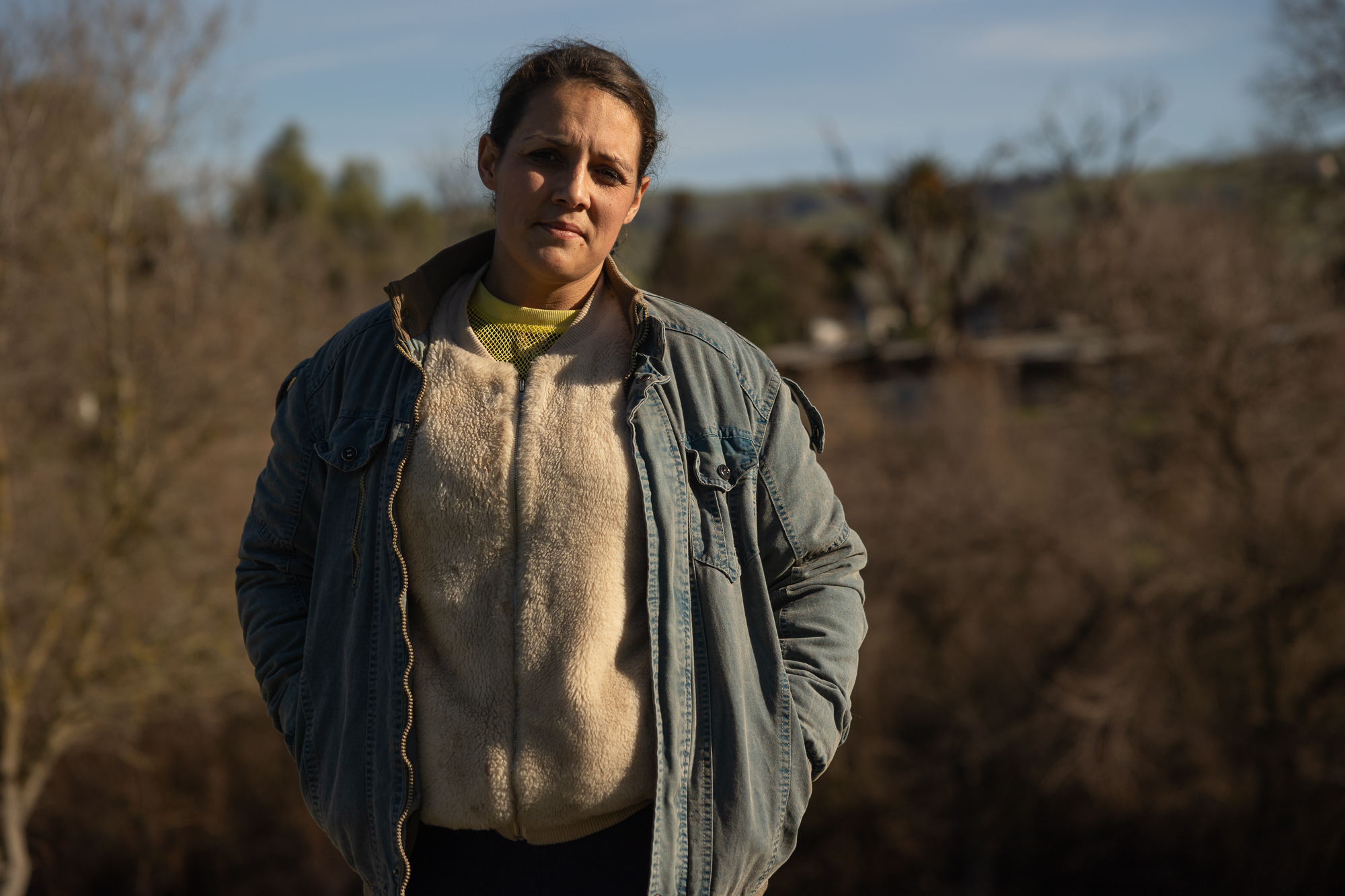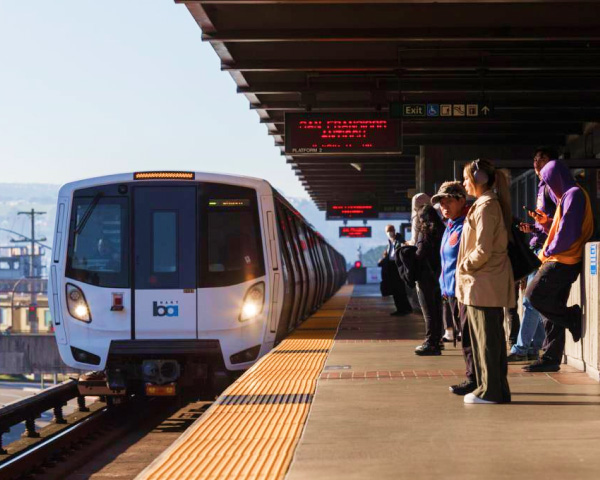The kinds of shelter in the city’s functional zero plan could be mixed, including types the city already offers, such as congregate shelter with bunk beds in one large room, individual tiny homes or cabins, motel rooms, or safe parking sites where people can sleep in their vehicle in a secured lot.
“Unsheltered homelessness is very solvable; it is four walls and a roof. Everything else is a lot harder,” said Elizabeth Funk, the CEO of DignityMoves, a nonprofit that is developing and runs short-term shelters and tiny homes for San José. “But getting people into at least a safe place is very doable. It’s a question of policy priorities.”
The council discussed the potential plan and heard from members of the public during a wide-ranging study session about the city’s coming budget, which overall is projected to be $60 million in the red.
Mahan said he feels the city has long clung to “an overly strict” reading of the Housing First approach to addressing homelessness, relying too heavily on building new affordable housing, which can cost nearly $1 million per unit in some cases and takes much longer to stand up.
After the city reaches a functional zero goal, Mahan said some of the temporary shelters could be converted into permanent affordable housing for people who are working or receiving federal benefits, cutting down on the time needed for new builds.
Some council members expressed skepticism at the mechanics of the plan and how its cost might affect other city functions.
City staff reports also noted that about $575 million would be needed to create enough permanent supportive housing for some of those who use the shelters to help shrink the shelter system over time.
Housing officials said the funding for both portions of the plan could come from pools of local money, state funds and reimbursements through programs like Medi-Cal, ballot measures to approve bonds, and private philanthropy or support from faith-based organizations.
Some residents supported the plan because of its urgency, including Sam Ho, the vice president of the Thousand Oaks Neighborhood Association.
“When homelessness is not taken care of right away, it affects our environment, our health, our safety and our fire risk,” Ho told the council. “Therefore, I would put all my money into addressing homelessness right away.”
However, Alison Cingolani, director of policy at affordable housing advocacy nonprofit SV@Home, said that while preventing more chronic homelessness is valuable, so is building and maintaining a supply of housing affordable to people at all levels of income.
“Our community and our economy depend on it,” Cingolani said. “Without it, we’ll continue to face a declining population, losing our families and risking the vibrancy that we have worked so hard to build in our city.”
City officials said residents have consistently ranked homelessness as both San José’s most pressing issue and the one they feel the city has performed the worst in addressing.
Mahan said difficult trade-offs would have to be made to see such a plan through but added that residents would likely “throw a parade” if the city were to achieve even a 50% reduction in street homelessness.
“Is it more important to incrementally add to the affordable housing stock?” he said. “Is it more important to interrupt the cycle of chronic homelessness and get people into a safe environment earlier before they get to a point where it becomes very difficult to help them turn their lives around?”



